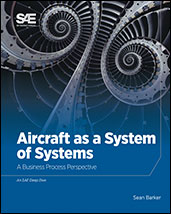Journal Article
Durable Design and Maintenance of Military Vehicles -Crack Initiation and Crack Growth Applications
2011-04-12
2011-01-1047
The service life of a military ground vehicle is measured in decades and throughout its life it is expected to see several theaters with severe terrain and complex evolving operating conditions. The core of the vehicle, like the chassis and the hull, are often in continuous use, undergoing routine repair, reset, and re-fielding. Other components attached to the hull and chassis have more limited life spans and by design become damaged, worn-out, or outdated and are repaired, replaced, and/or upgraded. New components like armor, weapons, and sensor packages are frequently added to the existing structure for improved mission performance (survivability, lethality, etc.) as threats and strategies change. Designing military vehicles for durability is therefore very challenging and should not end when the product is designed, validated with hardware tests, manufactured, and sold.

